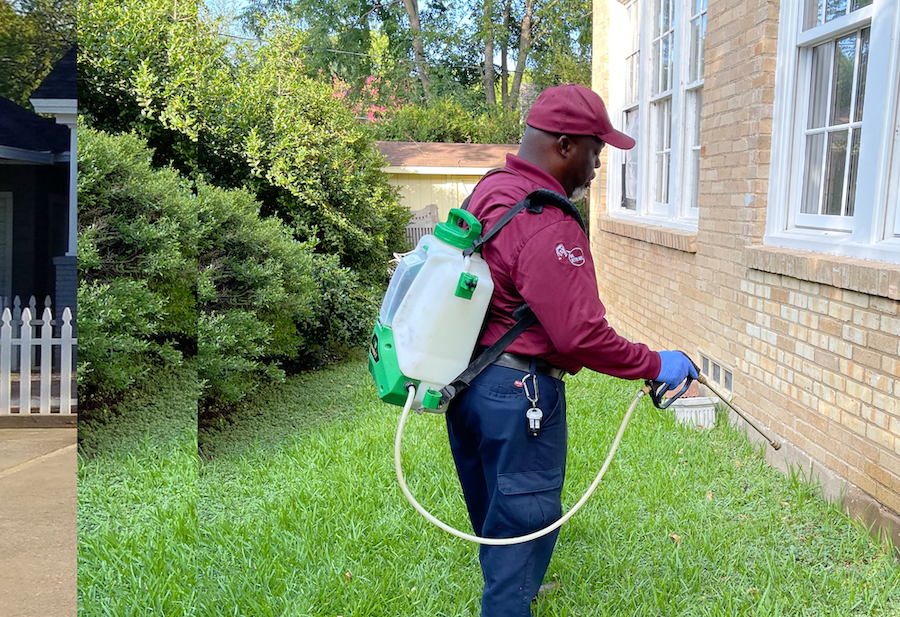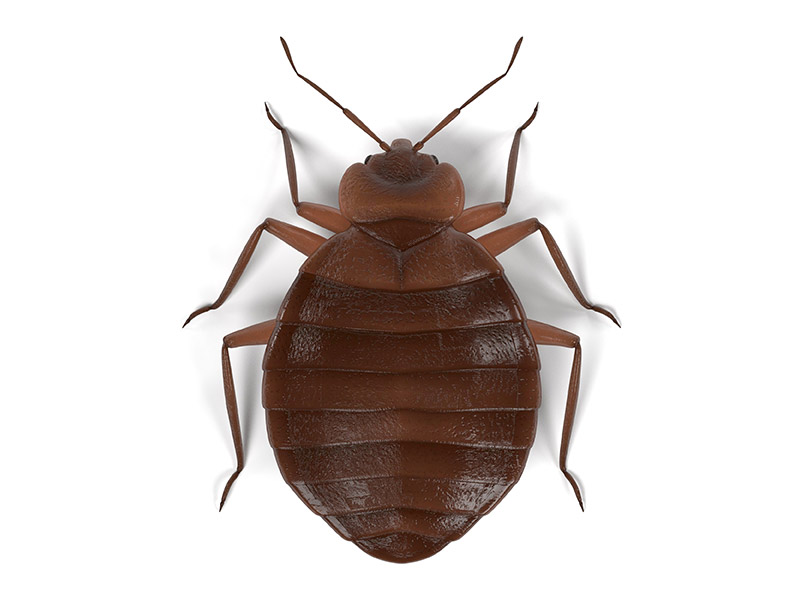Eco-Friendly Bug Control Approaches for Managing Wildlife in Urban Locations
Urban areas frequently locate themselves at the intersection of human activity and wildlife, leading to distinct challenges in insect administration. These methods not only safeguard the atmosphere but likewise boost neighborhood engagement in wild animals monitoring. As city populations continue to grow, recognizing the characteristics of wildlife interactions becomes progressively essential.
Understanding Urban Wild Animals Dynamics
Recognizing Urban Wild animals Characteristics is vital for creating efficient and environment-friendly bug control strategies. Urban locations are progressively ending up being environments for numerous wildlife species, driven by elements such as habitat fragmentation, food schedule, and human advancement. Identifying these dynamics allows for a nuanced method to pest monitoring that aligns with eco-friendly concepts.
Urban wild animals typically consists of species such as raccoons, squirrels, and birds, which adapt to city environments, discovering specific niches in green spaces, parks, and even property areas. Their existence can lead to problems with people, specifically when they make use of human resources for food and shelter. Recognizing the habits and eco-friendly functions of these varieties notifies approaches that reduce negative interactions while promoting biodiversity.
Additionally, acknowledging the interdependencies within urban ecosystems helps in identifying important areas for environment preservation and repair. This knowledge contributes to the development of incorporated bug administration (IPM) methods that consider the environmental equilibrium, consequently minimizing dependence on damaging chemicals. By fostering conjunction between humans and urban wildlife, cities can produce healthier settings that benefit both residents and neighborhood ecological communities, paving the means for lasting city living.
Natural Repellents and Deterrents
All-natural repellents and deterrents use a sustainable option to standard pest control approaches by using the power of nature to keep undesirable species away. These green solutions usually make use of plant-based ingredients, vital oils, and other naturally occurring compounds that discourage bugs without damaging the setting.
One reliable natural repellent is peppermint oil, which is understood to fend off rats and bugs. Its solid aroma is undesirable to lots of bugs, making it a preferred option for metropolitan settings. Vinegar and citrus peels can offer as deterrents, as their solid odors are generally unattractive to various wild animals.
Furthermore, diatomaceous planet is an all-natural powder that can be spread out in locations vulnerable to bug task, effectively dehydrating and discouraging insects without posing threats to non-target types. Furthermore, garlic sprays and neem oil are identified for their capability to ward off a vast array of pests, consisting of both pests and larger wildlife.
Carrying out these natural repellents not only minimizes reliance on chemical pesticides but likewise promotes a healthier city ecosystem, cultivating a much more well balanced coexistence in between human beings and wild animals. By making use of these approaches, city locations can successfully handle pest populations while minimizing ecological influence.
Environment Alteration Methods
Reliable habitat alteration techniques play a crucial function in lasting pest management by changing the atmosphere to make it much less for pest infestations. By recognizing the ecological characteristics of city areas, residential property proprietors can implement calculated alterations that discourage parasites while advertising biodiversity.
(Silverfish control Port Charlotte)One main technique entails maintaining proper cleanliness. This includes normal waste removal, protecting trash can, and removing standing water to minimize reproducing websites for insects and rodents. Furthermore, landscape design methods such as selecting indigenous plants can improve environmental balance, giving environments for useful microorganisms while decreasing resources for insects.
Another vital approach is to seal access factors in structures. Evaluating and repairing splits in foundations, wall surfaces, and windows can substantially lower insect accessibility. Additionally, developing physical barriers, such as fencings or plant buffers, can inhibit wildlife activity right into human-inhabited locations.
Integrated Pest Administration Practices
Building upon environment adjustment strategies, integrated insect administration (IPM) methods supply an all natural strategy to regulating insect populaces while decreasing ecological influence. IPM integrates various techniques, consisting of organic, social, mechanical, and chemical controls, to attain effective bug monitoring.
Biological control involves the intro of all-natural killers or bloodsuckers to reduce insect populations. Social techniques, such as crop rotation and hygiene, disrupt pest life cycles and diminish their environments - Pest Control. Mechanical controls, like traps and obstacles, supply immediate relief from insect pressures without chemical intervention
Chemical controls are utilized as a last resource, concentrating on targeted applications that restrict injury to non-target species and the setting. The selection of ecologically pleasant chemicals, when necessary, is essential to the IPM framework. Additionally, keeping track of insect populaces and evaluating prospective damages assists inform decision-making, guaranteeing that treatments are timely and effective.
Community Participation and Education

(Pest Control in Port Charlotte)Workshops and informational sessions can outfit locals with knowledge about native types, habitat preservation, and reliable safe bug management strategies. Partnership with institutions, local companies, and federal government firms further enhances academic outreach, ensuring that vital details gets to diverse audiences.
Furthermore, community-led campaigns, such as area clean-up days and habitat reconstruction jobs, not just promote biodiversity however also enhance area connections. Pest control service. By motivating residents to share their experiences and monitorings, neighborhoods can develop targeted approaches that deal with details neighborhood parasite problems
Integrating feedback from homeowners right into bug management prepares allows a more receptive and flexible approach to wild animals obstacles. Ultimately, notified and involved areas are key to attaining lasting success in environment-friendly parasite control, causing healthier city atmospheres that value both human and environmental requirements.

Verdict
To conclude, green insect control approaches deal lasting services for managing city wildlife. By focusing on environment adjustment, utilizing all-natural repellents, and executing incorporated insect monitoring methods, neighborhoods can cultivate an unified coexistence with local animals. Involving locals via education and learning improves recognition and urges responsible wild animals communications. Inevitably, these methods not just protect biodiversity but likewise advertise environmental health, guaranteeing urban areas remain vivid ecosystems where people and wildlife prosper together.